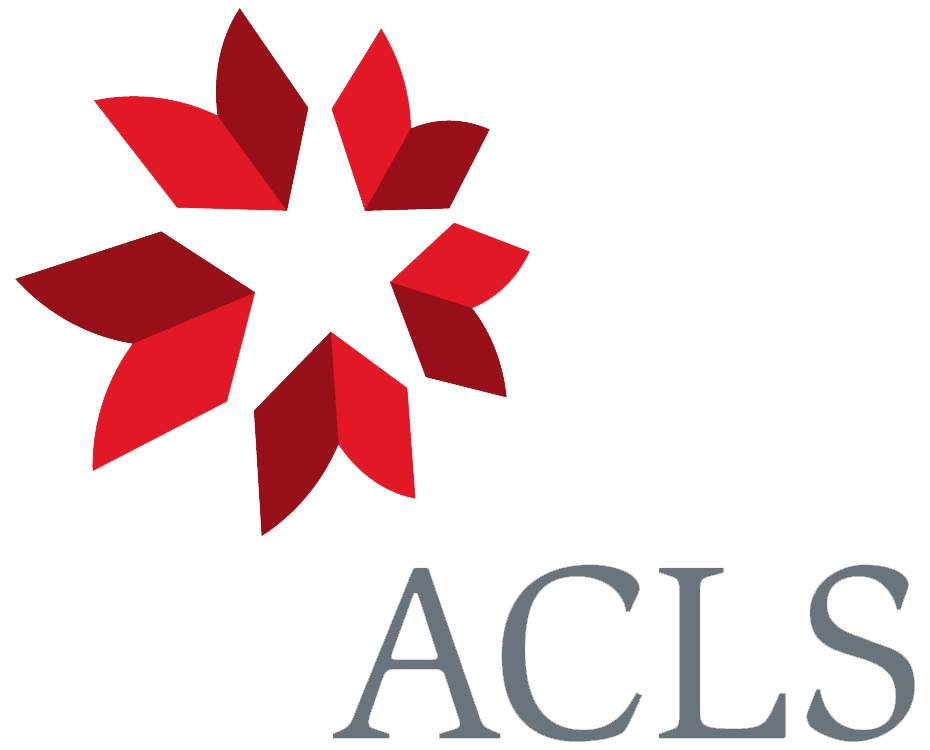From Louis Rérolle 30 July 1869
Lyons,
the 30 July 69
Sir
Since the last letter I had the honour to write you, after having received the footnotes you sent me, I went on translating your Orchis book.1 Now, the two first chapters are entirely ready and copied out, together with the appended notes, I shall immediately despatch them to the publisher, who has agreed with me to print them before he has received the others.2 I have, besides, looked at some Orchid-flowers that you describe in other chapters, of which I have finished some passages; so that I still hope that the whole will be ended in November next, and owing to the printing being already begun, the publication will take place in february 1870.3
I generally take care to have my French version as near your English text as possible, making only the slight modifications which are required by the peculiar idiom of our language, and in all cases, endeavouring to express as strictly as possible your idea. Allow me to ask you some explanations for a few points of detail.
In the case of the Epipactis palustris, you give to the terminal portion of the labellum the epithet of distal, which I cannot understand.4
In your notes, you speak of little insects which you call thrips; though I suppose it is what we name in French pucerons, as I am not sure of it, I shall ask you to send me the Latin or French name.5
I suppose it is needless to repeat some epithets like these “pouch-formed rostellum, saddle-formed disc, boat-formed disc, etc.” which you frequently repeat; in French, we have not so many compound adjectives as in English, and we are obliged to say “le rostellum en forme de poche, le disque en forme de selle, etc”, which being repeated makes the phrases languid.
I hesitated in translating the word Bank. For instance, in the list given in the p. 40 of your work, when you say “six plants from a much exposed bank” do you mean a green bank, a grassy mound, a river bank, or simply a locality?
Would you be desirous, Sir, to look over one or several chapters of my translation before printing, I would soon send you the M.S.
Allow me, Sir, to assure you of the deep respect with which I have the honour to remain | Your very obedient servant | L. Rérolle
P.S. Would you be so kind as to answer me, I pray you to direct your letter to the address: quai Joinville, 9, Lyon.
Footnotes
Bibliography
Correspondence: The correspondence of Charles Darwin. Edited by Frederick Burkhardt et al. 29 vols to date. Cambridge: Cambridge University Press. 1985–.
Orchids: On the various contrivances by which British and foreign orchids are fertilised by insects, and on the good effects of intercrossing. By Charles Darwin. London: John Murray. 1862.
Summary
Progressing with translation of new footnotes for Orchids. Asks for help with a few words.
Letter details
- Letter no.
- DCP-LETT-6846
- From
- Louis Rérolle
- To
- Charles Robert Darwin
- Sent from
- Lyons
- Source of text
- DAR 176: 131
- Physical description
- ALS 3pp
Please cite as
Darwin Correspondence Project, “Letter no. 6846,” accessed on
Also published in The Correspondence of Charles Darwin, vol. 17


